Products
Applications
Food and beverage
Extract is used for making of coffee and cacao based drinks, marinades, fruit compotes, kissels, halva, caramel, pastila and chocolate. Licorice root and extracts are used as a flavoring agent. Made in a special way from licorice root, extract is the main concentrate of such globally famous drinks like Coke Cola and Pepsi.
Confectionary
Widely used as a flavoring in sweets, licorice sticks, chewing gum, jellies and condiments.
Cosmetics
Licorice extract is used also as skin whitening agent. When licorice extract is added to cosmetic formulas in active quantities, it can control redness, flushing, and other types of inflammation. A natural skin lightening alternative to chemical hydroquinone, licorice extract contains a beneficial called glabridin, which inhibits tyrosinase, the enzyme that causes pigmentation in response to sun exposure.
Pharmacy
Licorice ranks as number one among medical plants that has been used in a number of produced drugs – more than 100 items. Licorice is famous for its anti-allergic, anti-arthritic, anti-inflammatory, demulcent, estrogenic (mild), pectoral properties. Licorice is suggested for cough, asthma, and other breathing problems. Topical preparations are used for eczema and other skin problems.
Metallurgy
During electrolysis of nonferrous metals (on electrolysis bath surface, toxic vapors of sulfuric acid and zinc sulfate are completely precipitated in the licorice foam).
Fire safety
Production of foaming liquid for fire extinguishers.
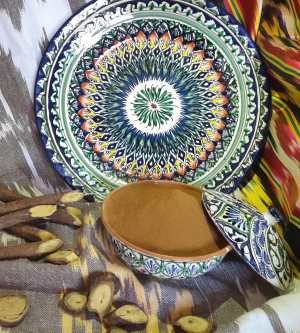



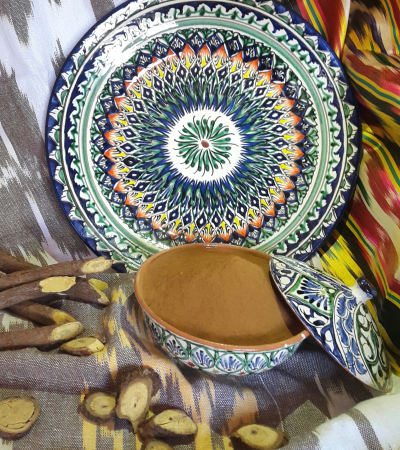
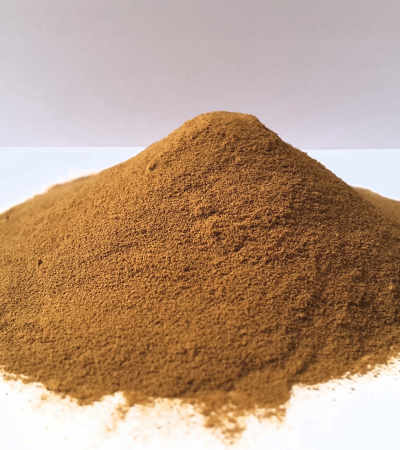
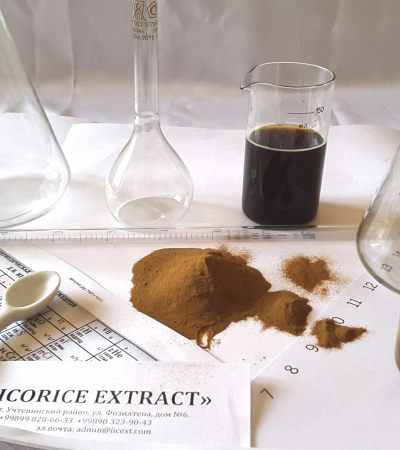









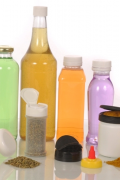





 Licorice root, also known as sweet root, is known mostly for its use as a sweetener in candies and beverages. Licorice root has also been used for centuries for its medicinal benefits. It’s important to note that some of these benefits are not proven by medical research. However, the overall holistic benefits of licorice root are becoming more accepted in the medical community.
Licorice root, also known as sweet root, is known mostly for its use as a sweetener in candies and beverages. Licorice root has also been used for centuries for its medicinal benefits. It’s important to note that some of these benefits are not proven by medical research. However, the overall holistic benefits of licorice root are becoming more accepted in the medical community.
